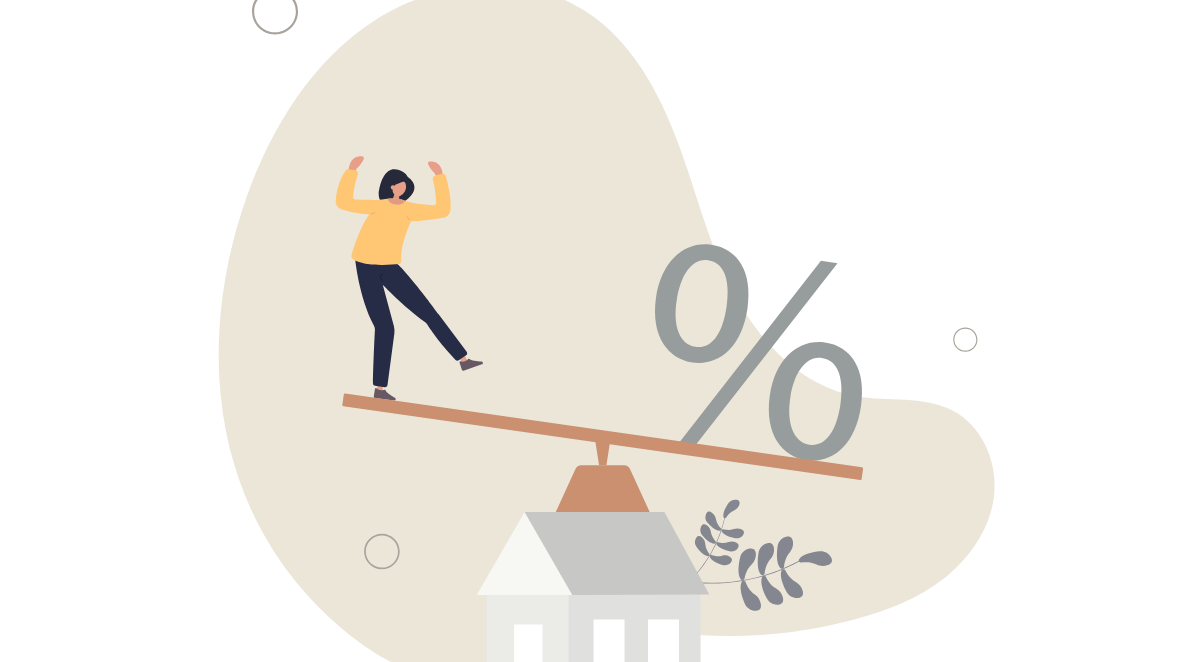Consumer Guide: Mortgage Interest Tax Deduction

What is the mortgage interest deduction?
The mortgage interest deduction allows you to subtract the interest paid on a qualifying home loan from your taxable income. This means you’re taxed on a smaller amount, which can lower your overall tax bill. It’s one of several financial advantages of owning a home, especially for those moving on from renting or weighing the costs and benefits of homeownership.
Who qualifies for this deduction?
To claim this deduction, you must itemize deductions on your tax return instead of taking the standard deduction. Your mortgage also has to meet IRS rules, typically be $750,000 or less, and be secured by a primary or secondary residence. Other factors—like local property taxes, HOA fees, or home-related expenses—can affect whether itemizing makes sense for your situation.
What types of loans are eligible?
The deduction applies to loans used to buy, build, or substantially improve a home. This includes first mortgages, refinances, and some home equity loans, as long as the funds go toward significant renovations or upgrades. Even loans related to construction or land may qualify under specific conditions, especially with permits or active building plans.
How much can I deduct?
Your deduction depends on your loan size and how much interest you paid during the year—figures you’ll find on Form 1098 from your lender. It's smart to check this early, especially if you refinanced your mortgage, paid in lump sums, or had a late-year closing. Understanding how this ties in with closing costs, insurance, and title fees can also help clarify your true homeownership costs.
Does everyone benefit from this deduction?
Unfortunately not. Since the standard deduction was nearly doubled in 2018, more than 90% of tax filers have a higher standard deduction than if they itemized, and this includes many homeowners. If your mortgage or other deductible expenses are low, the standard deduction may save you more—particularly for first-time buyers with modest mortgage payments or homeowners who are close to paying off their loans. But itemizing often pays off for households with larger loans, higher property taxes, or charitable contributions. Your home’s location and local tax rates can also influence the decision, so it’s worth reviewing each year.
Can I deduct mortgage interest on a second home?
Yes, mortgage interest on a second home can qualify for the deduction as long as the loan meets the same requirements that apply to your primary residence. The combined total of your mortgage debt for both homes generally must stay within the $750,000 cap. You’ll also need to itemize deductions and use the second home for personal purposes, not just as a rental.
What happens to my deduction if I sell or refinance my home?
If you sell your home, you can typically still deduct the mortgage interest paid up to the date of sale. If you refinance, your ability to deduct interest depends on how you use the new loan—interest is still deductible if the refinance is used to substantially improve the home or pay off original mortgage debt. However, if you take cash out and use it for unrelated expenses, that portion of interest will not be deductible as mortgage interest. Review your new loan terms carefully and keep your Form 1098 from both lenders.
How is the National Association of REALTORS® working to preserve the tax benefits of homeownership?
NAR’s Advocacy Team works tirelessly to advance public policies that build strong communities, protect property interests, and promote a vibrant business environment, including the tax benefits of homeownership. Learn more about NAR’s advocacy work.
Practices may vary based on state and local law. Consult your real estate professional and/or an attorney for details about state law where you are purchasing or selling a home.
Shared with permission from the National Association of REALTORS®.
Connect with a Long Island or Queens REALTOR® at lirealtor.com
Explore New York properties at OneKeyMLS.com

